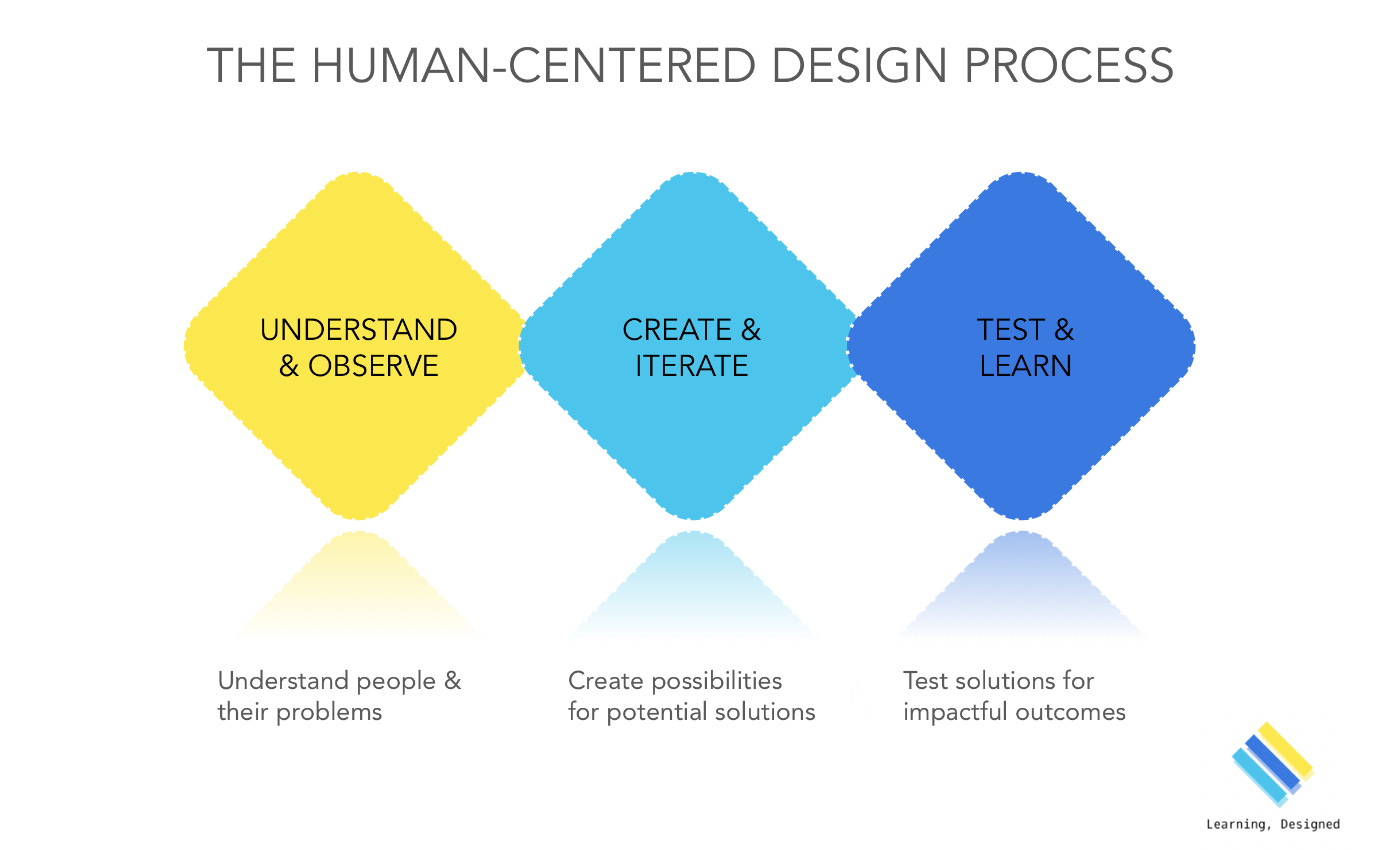Everyone’s a designer. Any choice you make that affects someone else is design. Design has a point of view. Design is power and advocacy. Design affects systems, not just people.
There was a lot of conversation on these topics during the World Policy Conference in San Diego among the closing week of the cities’ designation as World Design Capital alongside Tijuana, and the Don Norman Design Awards conference that followed. I was fortunate to spend time at both and to meet design innovators across education, government, and the private sector making an impact in their spheres of influence, all starting to discuss the concept of humanity-centered design, the latest contribution from Don Norman.
The conversation shifted towards how we shape designers to 1. recognize their power and influence and make room to empower the people impacted by their designs, and 2. to think of designs as contributions to a larger system. I couldn’t help but reflect on my early career in leadership education and the emphasis on individual identity development as foundational to making change through leadership alongside the importance of oneself as part of a community.
The Social Change Model of Leadership pioneered these ideas through the “7 C’s” reflecting individual, group, and community values. Most relevant, the model suggests individuals must first understand their own values, beliefs, and motivations before effectively leading others. Importantly, it also reflects the consideration of how leadership affects the larger community in which that person exists.
The conversation over the last week suggests the same is true in design, or rather, that design is leadership; especially if our definition of leadership is service to and with others to make change in the world. Change itself is a design, and the process of leadership alongside someone to identify and meet their needs must be human-centered by nature.
This insight has left me thinking about the opportunity that exists for leadership educators to offer process for students in leadership programs about how to make the change they’re seeking in the form of human-centered design, and specifically by placing people who will be impacted by the change at the center of their approach. For those new to design thinking, the process looks like this:
The three phases (Understand & Observe, Create & Iterate, Test & Learn) guide the major “beats” of the non-linear process: start by understanding those experiencing the problem, then, with that insight and with the people—create many possible solutions, and from those potential solutions—test which solutions might work best as they’re brought into the world. At its core, human-centered design is a problem solving process.
From this premise we see the intersection with leadership development. Leadership education is focused on character development and support for making the world better by solving problems. Both leadership and design facilitate change and focus on how that change is accomplished by solving the challenge with those most greatly impacted at the center.
Leadership development programs that consider how they integrate the human-centered design into their experiences not only offer structure to an emerging leader for their change efforts, but the approach aligns the way in which that change should be delivered; with the person impacted at the center.
And for design, the integration of character and identity development into the human-centered design process offers a basis for ethics and power awareness of the designer and the important role they play in the human-centered process and the world.
What if we began the process of design education by talking about the designer as an individual with many attributes that shape how they see and interact with the world. And what if we frame their efforts to design solutions for others as an exercise in leadership and their responsibility to shape that process in service to others? As part of my work with the Junior Designers program at UC-San Diego Design Lab I intend to test some of these ideas— I’d love your feedback and input!
I know I have many readers who are leadership educators or thinking about human and talent development. If that’s you and you’re compelled by the possibilities of bringing human-centered design into your programs (especially focused on leadership), I’d love to talk to you. I’ve been marinating these ideas for quite some time now!
The world needs more designers, especially with the qualities and dispositions of the leaders you’re developing.






